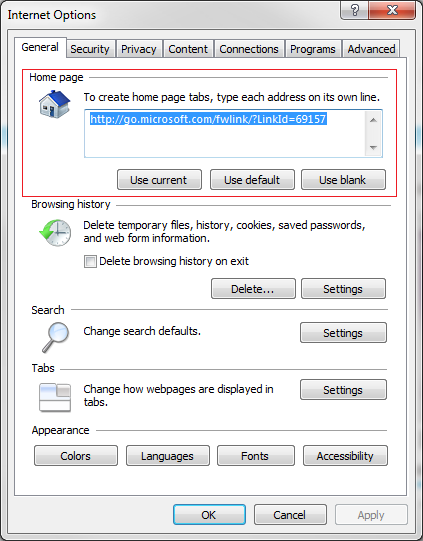Quick Start Virus Description
Quick Start is an unwanted browser extension which can make chaos on Internet Explorer, Google Chrome and Mozilla Firefox. If you carelessly get the installation of this extension, your browser default homepage and search engine will be changed to unknown website. And random tabs are redirected to other unfamiliar websites. Because of the trouble maker, you can’t perform your browsing activities at all. Besides, this malevolent Quick Start messes up your search results for vicious purposes. It adds lots of suspicious links so as to mislead you into sponsored websites. Subsequently, this browser hijacker is able to help specified websites collect network traffic and increase ranking.
The actions of this browser hijacker bring a lot of conveniences and troubles to you. If you don’t remove it from your IE, Chrome or Firefox, you are likely to suffer other problems. Some of cuber crooks might utilize this Quick Start to track your browser histories and Internet traces. Once your email password, online bank account login details and other sensitive information are collected, your privacy and money will be violated by unknown third parties. Hence, we highly recommended that you remove Quick Start from your browser completely. If you don’t know how to do that, you can make use of the manual removal guide below or a powerful antivirus program to solve your problem.

Manually Remove Quick Start Virus
Step 1: Press Ctrl+ALT+Del keys at the same time to open Task
Manager. End the process of Quick Start.
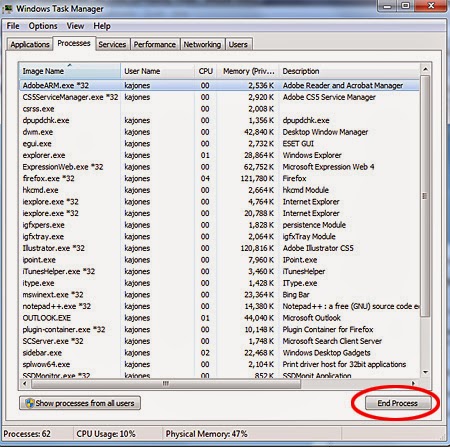
Step 2: Remove
the files of Quick Start. Open Start
Menu and then go to Control Panel.
Then use the search bar to look for Folder
Option. Check Show hidden files and
folders and un-check Hide protected
operating system files (Recommended) in the View tab of Folder Option window.
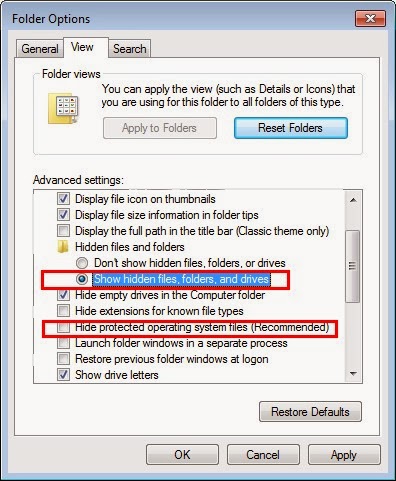
%AllUsersProfile%\Application Data\
%AllUsersProfile%\
Step 3: Delete
Quick Start registry entries from your PC. Click start button and search for regedit
to open Registry Editor.
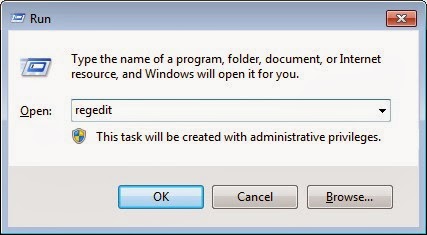
HKEY_CURRENT_USER\Software\Microsoft\Windows\CurrentVersion\Run
HKEY_CURRENT_USER\Software\Microsoft\Windows\CurrentVersion\Internet Settings “CertificateRevocation” = 0
HKEY_CURRENT_USER\Software\Microsoft\Windows\CurrentVersion\Policies\System “DisableTaskMgr” = 1
HKEY_LOCAL_MACHINE\SOFTWARE\Microsoft\Windows\CurrentVersion\policies\system “DisableTaskMgr” = 1
HKEY_CURRENT_USER\Software\Microsoft\Windows\CurrentVersion\Internet Settings “CertificateRevocation” = 0
HKEY_CURRENT_USER\Software\Microsoft\Windows\CurrentVersion\Policies\System “DisableTaskMgr” = 1
HKEY_LOCAL_MACHINE\SOFTWARE\Microsoft\Windows\CurrentVersion\policies\system “DisableTaskMgr” = 1
Step4:
Click Start button and select Control Panel. Then click Programs, uninstall all suspicious programs from your
PC.
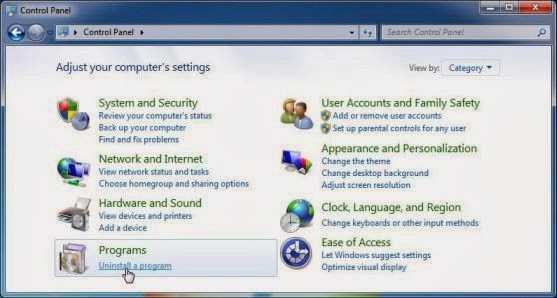
Step 5:
Remove toolbars and extension from your web browser.
For
Google Chrome
1.
Click the icon that looks like a spanner and navigate to Tools > Extensions
to remove all unknown extensions by clicking Bin button.
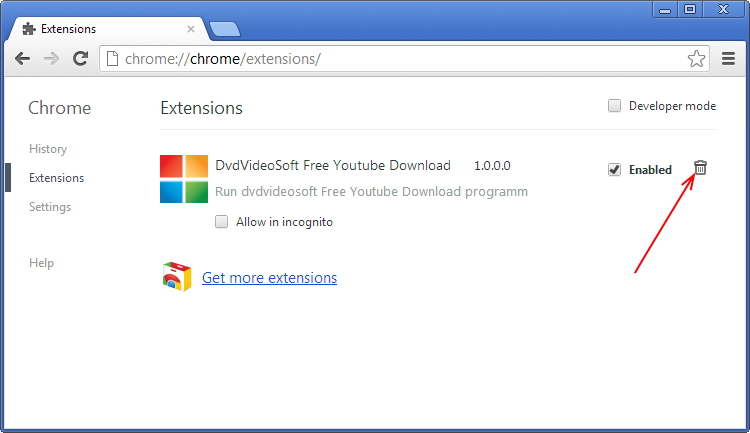
2.
Click the icon that looks like a spanner and click Settings > Appearances
> Show Home button > click Change button to reset your homepage.
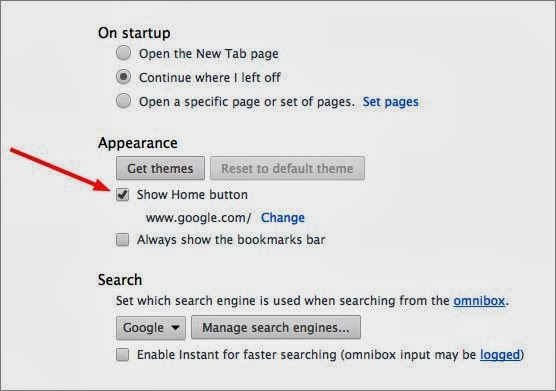
For
Mozilla Firefox
1.
Click Ctrl+Shift+A at the same time
to open Add-ons page > Extensions to remove all unknown
extensions.
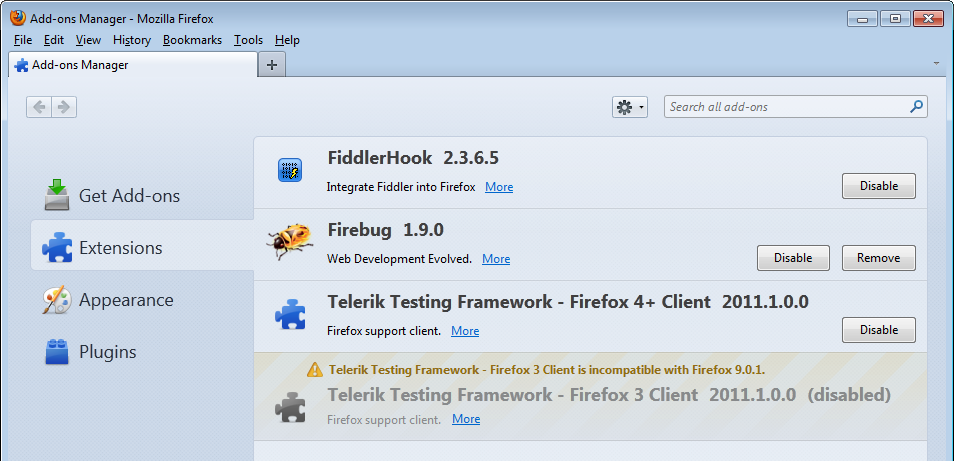
2.
Click the Firefox button > Help > Troubleshooting Information > click on Reset Firefox button.
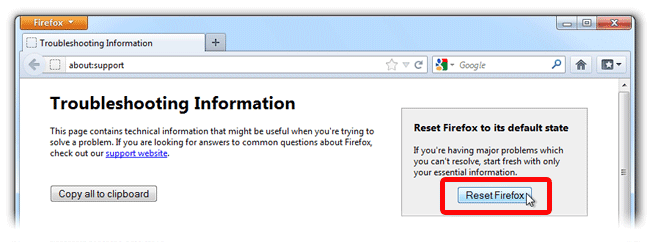
For
Internet Explorer
1.
Click Tools > Manage Add-ons > Toolbars and Extensions to remove all
unknown extensions.

2. Click Tools > Internet Options > General.
And create a new homepage on Home page
box.
Step 6:
Reboot your PC.


